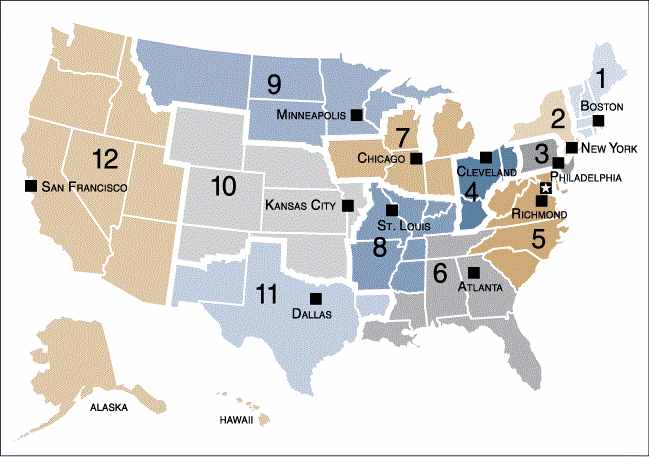By Ryan Hanrahan
Pro Farmer reported at the end of May that “the Fed’s Beige Book noted 10 of 12 districts reported slight or modest economic growth (in May), while the other two had no change in activity. The Fed noted, “Agricultural reports were mixed, as drought conditions eased in some districts, but farm finances/incomes remained a concern. Overall outlooks grew somewhat more pessimistic amid reports of rising uncertainty and greater downside risks.”
The May 2024 Beige Book contained the following observations pertaining to the U.S. agricultural economy.

Agricultural conditions weakened slightly. Row crop farmers struggled amid low demand and excess supply, and many do not expect to turn a profit this year. Demand for beef was strong, but supply of cattle remained limited; demand for dairy held steady. Citrus growers reported solid demand and crop yields slightly above expectations.
Seventh District — Chicago
Income expectations for District farmers increased slightly during the reporting period, as prices increased for several agricultural products. Widespread precipitation reduced the intensity of drought in Iowa, but also delayed corn and soybean planting after an early start. Corn, soybean, and wheat prices moved higher. Most livestock prices were up, though egg prices were down. Continuing concerns about the financial impact of avian flu in cattle were offset by additional support from the federal government. Butter and cheese prices rose, with reports of stronger exports. Several contacts noted increased costs for repairs, machinery parts, and fuel. Demand for operating loans was up, in line with lower levels of working capital for farms.
Eighth District — St. Louis
Agriculture conditions have declined slightly since our previous report, with most contacts describing conditions as falling below expectations. District contacts were mixed on inventory, sales, and capital expenditures and noted increased labor costs as an additional stressor. Elevated rainfall and extreme weather events such as tornadoes continued to disrupt the planting progress for soy, cotton, and corn across all District states, while rice-planting progress remained similar to one year ago. The most-active planting periods have either ended or will end in the next two weeks; however, soy, corn, and cotton were all around 50 percent planted as of mid-May, down from over 90 percent planted at the same time one year ago, and slightly below average over the past few years. District contacts were mixed on inventory, sales, and capital expenditures and noted increased labor costs as an additional stressor.
Ninth District — Minneapolis
However, contacts in the industry reported that some moderation in input costs was expected to benefit producer margins. Recent precipitation alleviated drought conditions in much of the region, and crop planting and progress was generally near average for early spring. However, poor snow cover over the winter negatively impacted the quality of the winter wheat crop in the western parts of the District.
Tenth District — Kansas City
Conditions in the Tenth District agricultural economy softened through early May and farm finances tightened slightly. Corn, soybean, and wheat prices increased slightly since April, but remained weak, keeping profit opportunities narrow. Winter wheat conditions in Colorado and Kansas were particularly poor and raised concerns about reduced revenues while growing conditions in Oklahoma and Nebraska were comparatively better. Corn and soybean planting was delayed in some areas of the region, which also raised concerns about future crop conditions. In the livestock sector, cattle prices remained strong and supported profit opportunities for cow/calf producers. District contacts mentioned that financial stress has remained modest, but concerns about further deterioration were growing.
Eleventh District — Dallas
Drought conditions remained in the western parts of the District, while other parts received ample rainfall, and some flooding was seen in scattered areas. Pastureland was in good condition, as were hay and wheat fields. Soil conditions are quite favorable for row crops this year. Better cotton production is expected this year compared with the past couple of years based on current conditions, though cotton prices have slipped. Most other crop prices rose over the reporting period while cattle prices eased off highs. The spread of avian influenza among dairy cows remains a concern for the supply of milk, though it is not a food safety issue due to the pasteurization process.
Twelfth District — San Francisco
Conditions in the agriculture and resource-related sectors remained mixed. Current yields and past harvest inventories of food products, such as tree fruit, tree nuts, and seafood, remained high over the reporting period. Domestic demand from food services and retail sectors was stable but not sufficient to absorb domestic supply. As a result, prices fell for some agricultural products, such as apples, and exports increased.
Source : illinois.edu